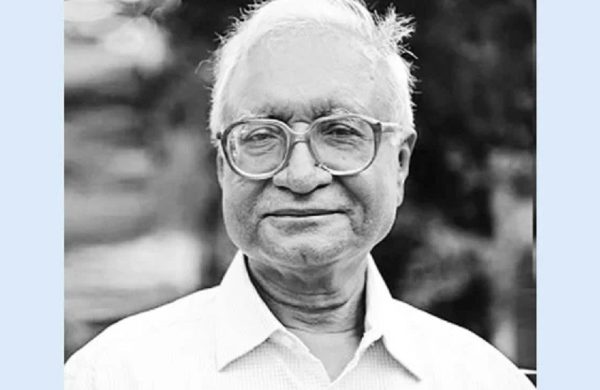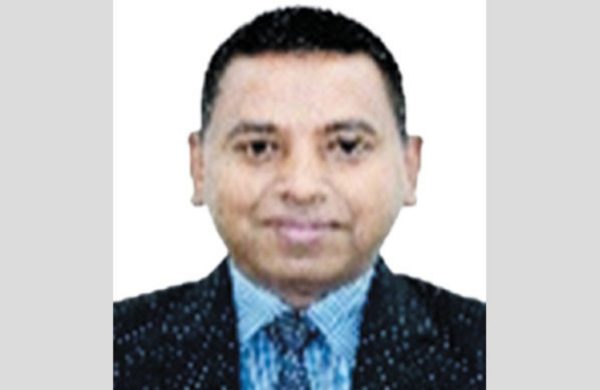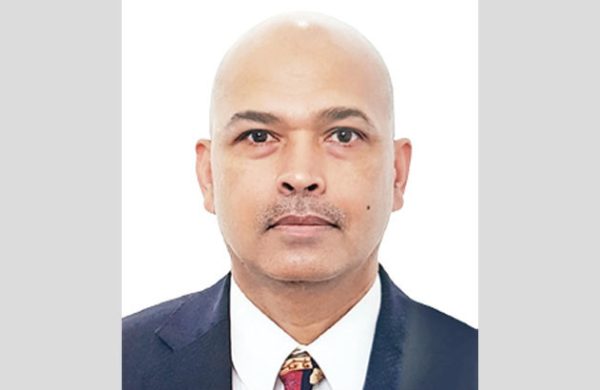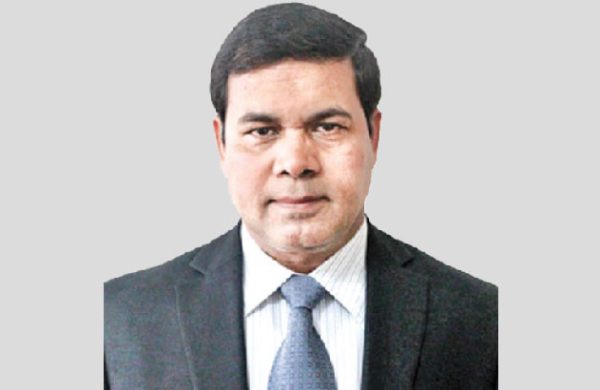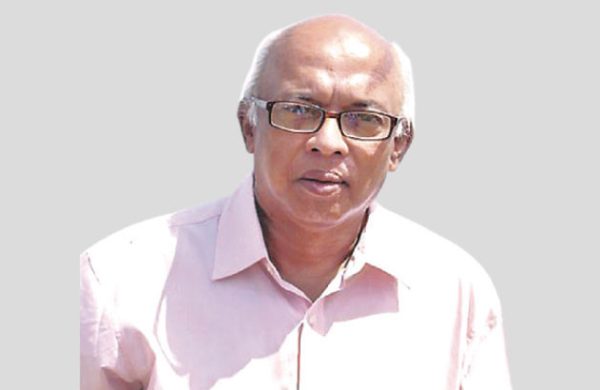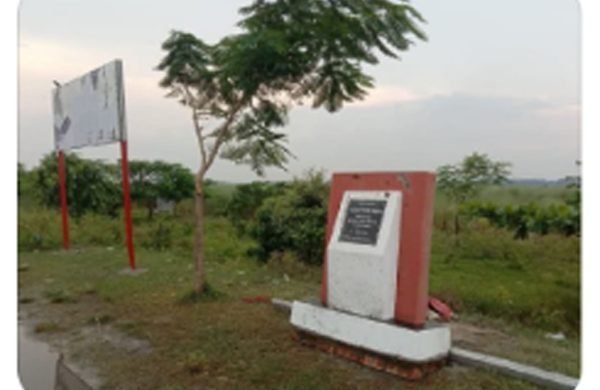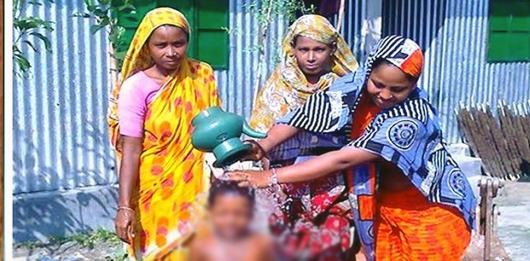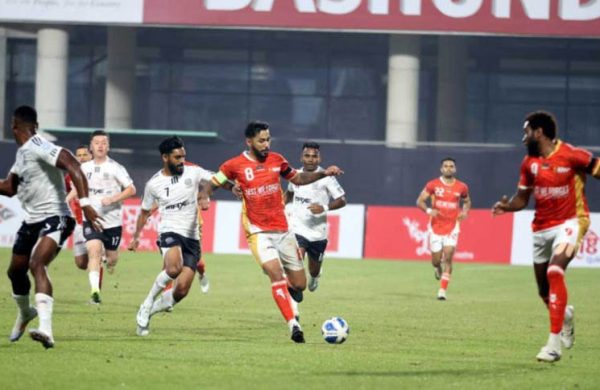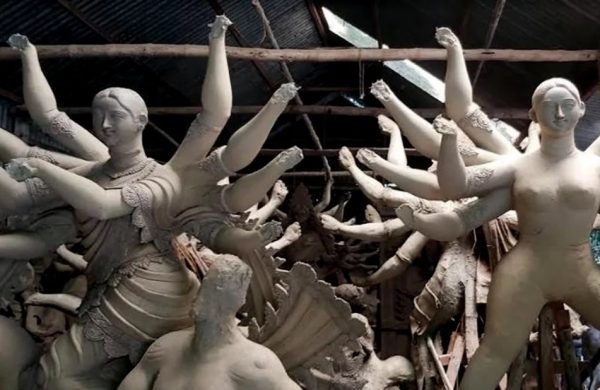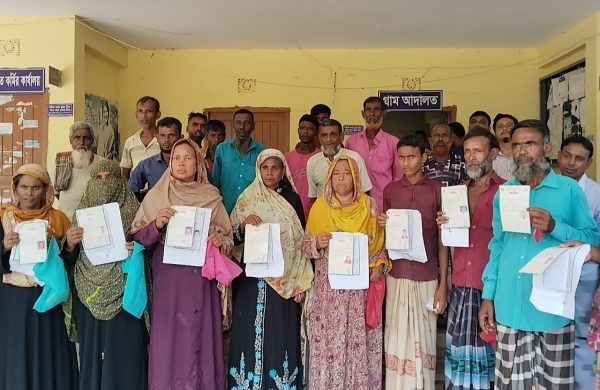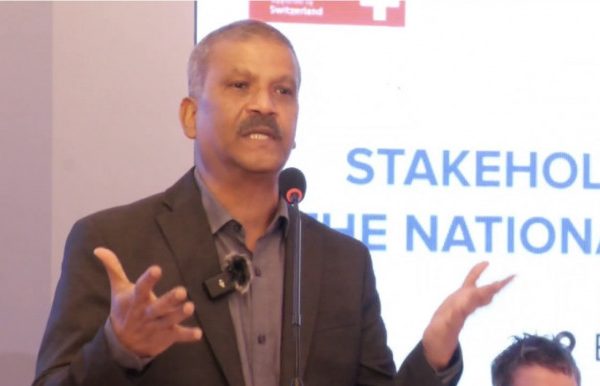A mirror needs no monument: The irony of India’s lecture on minorities
- Update Time : Friday, April 25, 2025

—H.M. Nazmul Alam—
It was one of those moments in subcontinental diplomacy where irony takes a drag from a biri and smirks across the table. When India slammed Bangladesh for expressing concern over the safety of Muslims in West Bengal following the Murshidabad riots, the news moved with the sound of a stainless steel pot being called black by a soot-covered kettle. Bangladesh’s call for “full security” for minority Muslims in India was met with indignation from New Delhi. One might say India is in no position to dish out lectures on minority treatment, yet here we are.
The incident itself was a grim reminder of how quickly a secular society can be undone by identity politics. In Murshidabad, a district with a dense Muslim population, protests erupted over India’s new Waqf legislation, a law passed by Lok Sabha and rubber-stamped by Rajya Sabha earlier this month. Critics argue that the law erodes protections for Islamic charitable properties. The demonstrations, predictably labelled “violent,” turned deadly. In a nation where dissent now rhymes with “anti-national,” the crackdown was not long in coming. By April 12, three were dead, several injured, and Muslim-owned shops were set on fire overnight. Yet, it was Bangladesh’s response that caused Delhi the most heartburn—not the deaths, not the discrimination.
What makes India’s indignation especially rich is the continuing dehumanisation of its own Muslim citizens in recent years. Since the Bharatiya Janata Party (BJP) came to power in 2014, India has witnessed a frightening acceleration in communal rhetoric and policy. A report by the Washington-based India Hate Lab showed a 74 percent spike in hate speech incidents in 2024 compared to the previous year, with a staggering 98.5 percent of them targeting Muslims. The majority of these hate-filled events unfolded in BJP-ruled states like Uttar Pradesh, Madhya Pradesh, and Maharashtra. In May alone, during the heated general election campaign, 269 hate speech incidents were recorded.
Despite what the Indian government may claim, this isn’t the work of fringe elements or rogue sadhus. These provocations frequently come from the very top. In fact, top leaders of the current ruling party have been named among the most frequent purveyors of hate rhetoric. The BJP, through its political machinery, organised over 340 hate speech-related events in 2024 alone—a 580 percent increase from 2023. The speeches included calls for economic boycotts of Muslim businesses, threats of demolishing mosques, and warnings that Muslims must “prove their loyalty” to India or face consequences.
India’s moral posturing becomes all the more risible when juxtaposed with data from Bangladesh. Nobody claims Bangladesh is a utopia for minorities—far from it. Attacks on Hindu, Christian, and Buddhist communities have occurred and must be condemned without hesitation. Between 2013 and 2021, Ain O Salish Kendra recorded 3,710 attacks on Hindus alone under Sheikh Hasina’s rule. Yet, to say minorities are persecuted as a matter of state policy—as some Indian commentators suggest—is patently false.
Since the interim government came to power on August 8, 2024, there has been an unprecedented push to address minority grievances. In just the first six months, Bangladesh filed 88 cases linked to minority attacks and made 70 arrests. In a country where political instability is a feature, not a bug, this represents a notable institutional shift.
Contrast this with the legal paralysis that follows attacks on Muslims in India. In Uttar Pradesh, three Muslim men were beaten to death in November 2024 for opposing an archaeological survey at the Shahi Jama Masjid, accused of being built over a Hindu temple. There were no meaningful convictions. Indian media outlets, ever alert to cows and cricket, remained strangely silent.
Even the act of existing has become perilous for Indian Muslims. From 2010 to 2017, cow vigilante violence claimed the lives of 28 people, 24 of them Muslims. Another 124 were injured. The 2019 elections saw a spike, and the 2024 elections did not disappoint either. Nine more Muslims were lynched by mobs, accused of transporting beef or stealing cows. These incidents are not spontaneous combustion of communal angst; they are meticulously orchestrated theatre for electoral dividends.
Consider the Citizenship Amendment Act (CAA) passed in 2019. For the first time in India’s legislative history, religion was introduced as a criterion for citizenship, and Muslims were pointedly excluded. Or the National Register of Citizens (NRC) implemented in Assam, which left nearly 20 lakh people stateless, many of them Bangla-speaking Muslims. It’s telling that “Bangladeshi” has become a slur in Indian political vernacular, thrown about by ministers and media alike.
The situation has become so toxic that even slums in Ghaziabad—populated by Indian Muslims—were vandalised in late 2024 by the Hindu Raksha Dal. Why? Because some residents “looked like Bangladeshis.” The ghost of Partition is a permanent tenant in India’s nationalist consciousness, haunting every mosque and madrasa.
And yet, when Bangladesh moves to arrest a monk—Chinmoy Das—for allegedly inciting violence and engaging in anti-state activities, Indian media erupts in collective outrage. Das’s followers allegedly murdered a Muslim government lawyer in Chattogram. But what was the narrative in India? That Das had been “persecuted.” Protests were staged outside Bangladeshi embassies. In Agartala, the consulate was attacked. The Indian government did not urge restraint.
One wonders: is justice still blind, or does it now squint through saffron-tinted glasses?
The weaponisation of Bangladesh’s internal affairs has become a staple of Indian electoral politics, especially in states like Assam, West Bengal, and Jharkhand. The BJP routinely paints Bangladeshis as infiltrators—vote-stealing, job-grabbing “aliens”—who must be expelled to preserve India’s mythical purity. Ironically, this very narrative is now being turned on its head with the claim that Bangladeshi miscreants were behind the violence in Murshidabad. No evidence has been offered. No investigation concluded. Just the usual scapegoating, now export-grade.
Meanwhile, the relationship between the two neighbouring countries has frayed considerably since the ouster of Sheikh Hasina. India has grown wary of the new political players in Dhaka, especially those student leaders who led the uprising and are perceived as less pliant than their predecessors. On the Bangladeshi street, the sentiment towards India has turned from indifferent to frosty.
Perhaps it’s time for both countries to recalibrate their approach to minority rights—not through sanctimonious statements, but through joint action. A regional commission on communal harmony could be a starting point, composed of independent observers, human rights experts, and media watchdogs. It could publish transparent, verifiable data on communal incidents and recommend policy changes on both sides.
For the long haul, interfaith youth exchanges, joint cultural festivals, and collaborative journalism can serve as antidotes to the poison being peddled by populist media and politicians. If hate can travel across borders, perhaps so can empathy.
Until then, India would do well to hold the mirror a little longer before pointing fingers. Because when it comes to minority rights, Bangladesh may be limping, but India is crawling backwards with a blindfold and a torch.
________________________________________
H.M. Nazmul Alam is an academic, journalist, and political analyst. He can be reached at [email protected].


